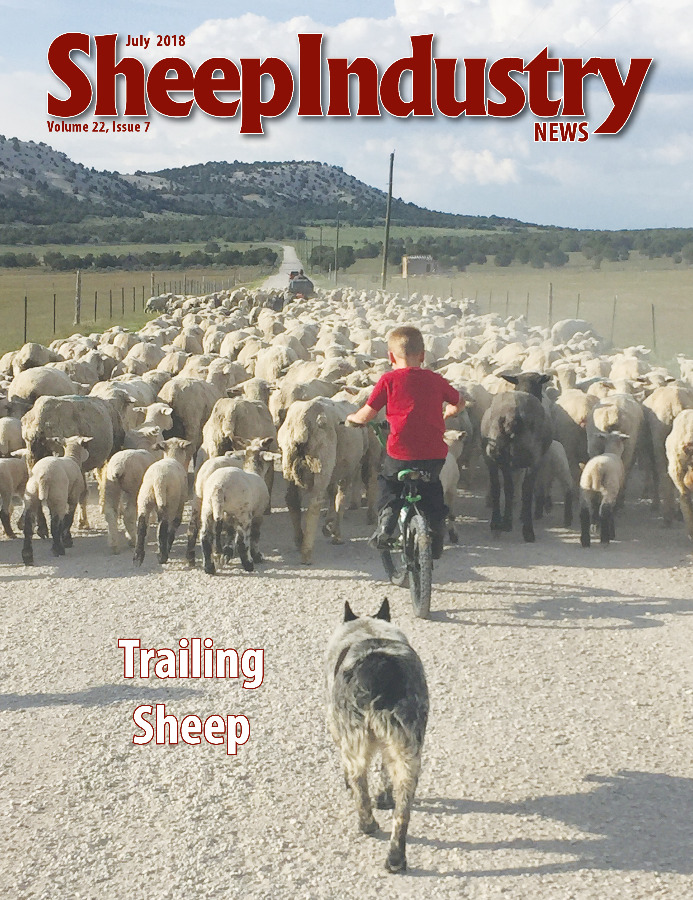The AWI Wool Market Report described “an epic week at Australian wool auctions as the 2,000 Australian cent Eastern Market Indicator barrier provided next to no resistance to the extremely bullish market forces in motion,” (Australian Wool Exchange, 6/1/18).
On June 1, the AWEX EMI closed at 2,027 ac/clean kg, 2 percent higher weekly and 38 percent higher year-on-year. In U.S. dollars the EMI averaged 1,533 usc/kg.
This USD EMI figure defied exchange rate predictions and “underscores the fact that exponentially increasing demand is the key price determination factor in play at present and is the undisputable market driver,” (AWEX, 6/1/18).
Australian Council of Wool Exporters and Processors Executive Director Peter Morgan said the current boom – now into its third year – looks more sustainable this time around.
“In the past, a period of good prices rarely went beyond a couple of years, this looks a bit different,” he said (WoolNews.net, 6/2018). Dr. Morgan explained wool demand growth stems, in part, from expanded markets for sportswear and baby clothes. “Wool is an incredibly healthy product and there is growing demand for next-to-skin garments for babies with eczema.”
U.S. clean wool prices in May posted all-time highs, up 48 percent year-on-year. This unparraled gain is symptomatic of stable global supplies and strong demand, propelled by strengthening economies worldwide. The price gains have been widespread, across microns 26 and finer.
U.S. Fleece States wool (West Coast) brought $6.57 per lb. clean for 18 micron in May, 20 micron received $6.03 per lb., 22 micron averaged $5.68 per lb., and 24 micron brought $5.16 per lb.
Territory wool (western wools excluding Washington, Oregon, and California) averaged $6.57 per lb. clean for 19 micron, 21 micron saw $6.03 per lb., and 23 micron saw $5.52 per lb.
In Texas and New Mexico, 18 micron wools averaged $6.17 per lb. clean, 20 micron brought $6.13 per lb. clean.
Looking forward, typically high prices incite a supply response. However, inventory supply gains are limited by current dry conditions in Australia. In the United States, multiple constraints ranging from predator loss to variable returns can curb inventory growth.
That said, wool demand is historically strong (as are prices) and that could very well tilt the sales in wool growers’ favor in the near future.


